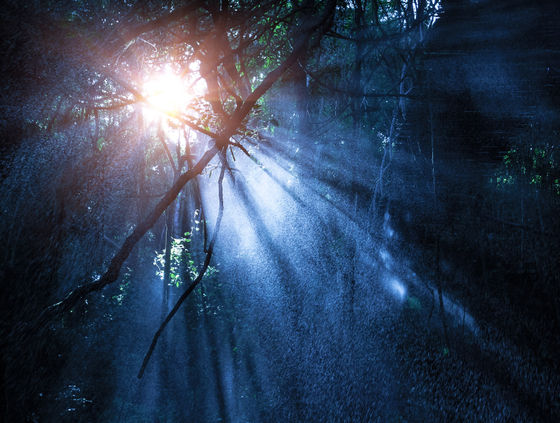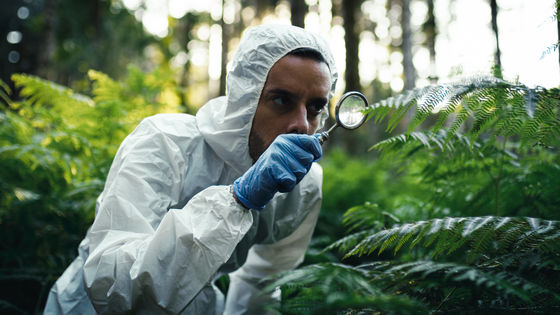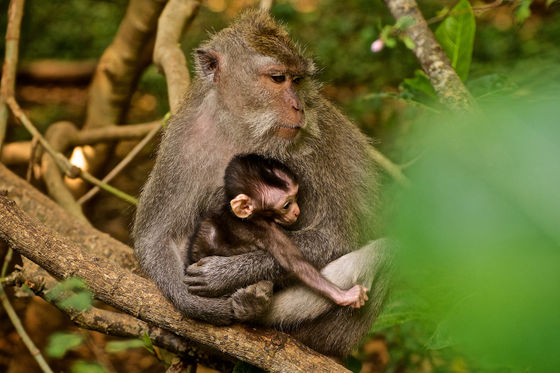At this rate, it will be too hot for plants to photosynthesise, and the world's rainforests will disappear.

With record-breaking heat
Tropical forests are approaching critical temperature thresholds | Nature
https://doi.org/10.1038/s41586-023-06391-z
Tropical forests may be approaching a critical high-temperature threshold - University of Plymouth
https://www.plymouth.ac.uk/news/tropical-forests-may-be-approaching-a-critical-high-temperature-threshold
Tropical forests nearing critical temperature thresholds
https://www.france24.com/en/live-news/20230824-tropical-forests-nearing-critical-temperatures-thresholds
Tropical rainforests could get too hot for photosynthesis and die if climate crisis continues, scientists warn | Live Science
https://www.livescience.com/planet-earth/plants/tropical-rainforests-could-get-too-hot-for-photosynthesis-and-die-if-climate-crisis-continues-scientists-warn
Tropical forests are essential to the earth, and about half of the world's plant and animal species live in tropical forests, which cover about 6% of the earth's surface. It also produces 32% of the oxygen on Earth, absorbs billions of tons of carbon dioxide from the atmosphere each year, and if tropical forests disappeared, the vast amounts of carbon stored underground would be released and the climate There is a risk that the change will accelerate at once.

In order to confirm the effects of temperature rise due to climate change on tropical forest vegetation, a research group led by Joshua Fischer, an environmental scientist at Chapman University in the United States, measured temperatures around the world, including Brazil, where the Amazon rainforest is located. investigated and analyzed whether it has reached the photosynthetic limit of the canopy, the upper leaves of the tree.
To investigate the temperature of tropical forests, we used data collected from 2018 to 2020 by
The study confirmed that peak temperatures in the canopy of tropical forests average 34°C, with some reaching 40°C. In addition, about 0.01% of the higher leaves were found to be above the estimated temperature of about 46.7 degrees Celsius, at which the photosynthetic machinery begins to malfunction.
You might think it's just 0.01%, but experts say the figure could rise rapidly in the future. ``It will not increase from 0.01% to 0.02%.This number will jump non-linearly and may increase further,'' Fisher said.

When the research group experimented on the relationship between air temperature and leaf temperature in the laboratory, it was found that some leaves were up to 8 degrees higher than the surrounding temperature. Also, according to Sophie Fawcett of the University of Plymouth, UK, who is a co-author of the paper, there is data that individual leaves are 18 degrees higher than the temperature in Brazilian forests.
When the research group simulated the effects of such high temperatures, it was found that if the temperature around the leaves rises by 3.9 degrees from the current level, the stomata of the leaves, which have a function to transpire water, will be closed and the leaves will wither. It turned out. When leaves wither and die, cooling capacity decreases and photosynthesis becomes impossible, causing a chain reaction in which the remaining leaves, branches, and even the entire tree wither. To go.
'When 10% of the leaves die, the whole branch becomes hot because it can't cool the branches,' said lead author Christopher Doughty of Northern Arizona University. We can expect the same thing to happen across the board.'

Despite this discovery, scientists are not giving up hope, and believe that humans still have time to curb their carbon emissions and prevent mass tropical forest deaths. .
“The model of tropical forest loss that we have presented is not doomed,” Doughty said. It also shows that avoiding high carbon emissions and deforestation can protect the future of critical areas such as carbon, water resources and biodiversity.' .
Related Posts:
in Science, Posted by log1l_ks







